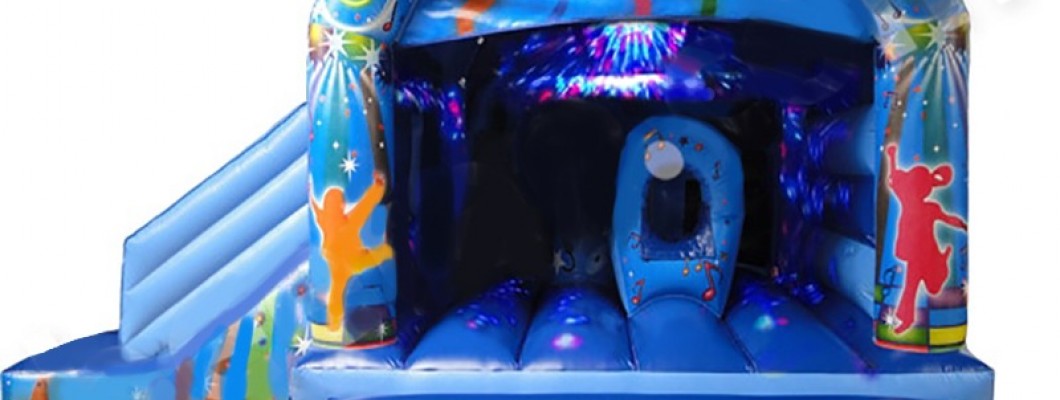
Jumping castles are a popular choice for events and parties, providing endless fun for children. However, the cost of these inflatable play structures can vary widely. Understanding the factors that influence their price can help you make a more informed decision. Here’s a breakdown of the key elements that affect the cost of jumping castles:
1. Size and Capacity
The size of the jumping castle significantly impacts its cost. Larger castles that accommodate more children or offer additional features will generally be more expensive. The capacity also affects the price, with castles designed for larger groups costing more due to increased material and construction requirements.
2. Design Complexity
Jumping castles come in various designs and themes, ranging from simple shapes to elaborate structures. The complexity of the design plays a major role in pricing:
- Basic Designs: Simple jumping castles with standard shapes are typically less expensive.
- Themed Castles: Castles featuring popular themes or characters often come at a premium due to custom design and licensing fees.
3. Rental Duration
The length of time you need the jumping castle affects its rental cost. Rental fees are usually calculated based on:
- Hourly Rates: Short-term rentals are charged by the hour, which can add up if you need the castle for an extended period.
- Daily or Multi-Day Rates: Longer rental periods, such as full days or weekends, often come with discounted rates.
4. Additional Features and Accessories
Extra features and accessories can increase the cost of renting or purchasing a jumping castle. Consider the following:
- Inflation Equipment: Costs may include blowers or generators necessary for setting up and maintaining the castle’s inflation.
- Safety Features: Enhanced safety features, such as reinforced seams or protective netting, can add to the price.
- Extras: Additional items like slide attachments or interactive elements can raise the overall cost.
5. Delivery and Setup
Costs related to the delivery and setup of the jumping castle can vary based on:
- Location: Delivery fees may be higher for remote or difficult-to-access areas.
- Setup Services: Some companies include setup and takedown services in their fees, while others charge extra for these services.
6. Seasonal Demand
Demand for jumping castles can fluctuate with the seasons, affecting their cost:
- Peak Seasons: Prices tend to be higher during peak times, such as summer and major holidays, due to increased demand.
- Off-Peak Discounts: Renting during less busy times of the year might offer cost savings.
7. Location and Accessibility
Your geographic location and the accessibility of your event site can influence costs:
- Geographic Factors: Prices can vary based on regional differences and local market conditions.
- Site Accessibility: Difficult or challenging setups may incur additional charges for logistics and labor.
Conclusion
Understanding the factors that affect the cost of jumping castles can help you budget effectively and make the best choice for your event. Consider size, design, rental duration, additional features, and other cost drivers when planning your rental or purchase. By carefully evaluating these elements, you can find a jumping castle that fits your needs and budget.

Leave a Comment